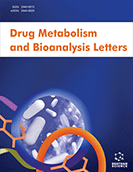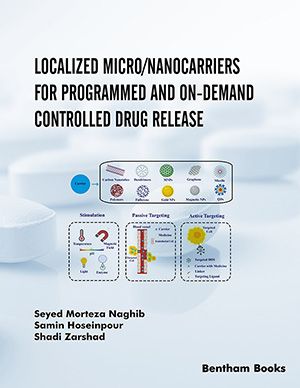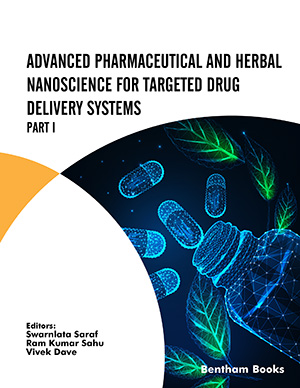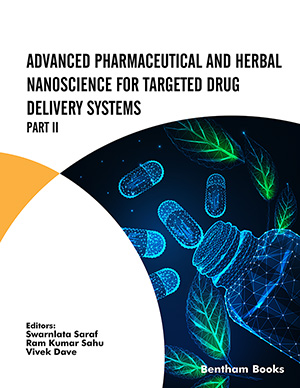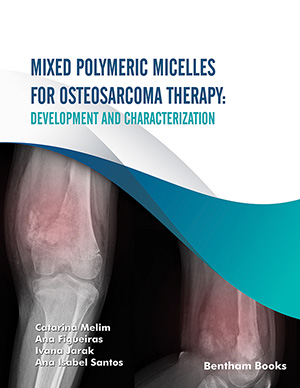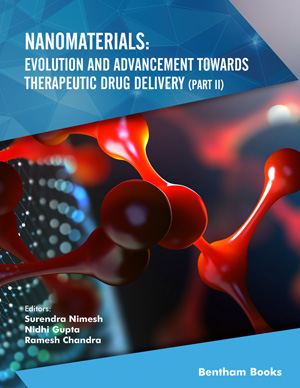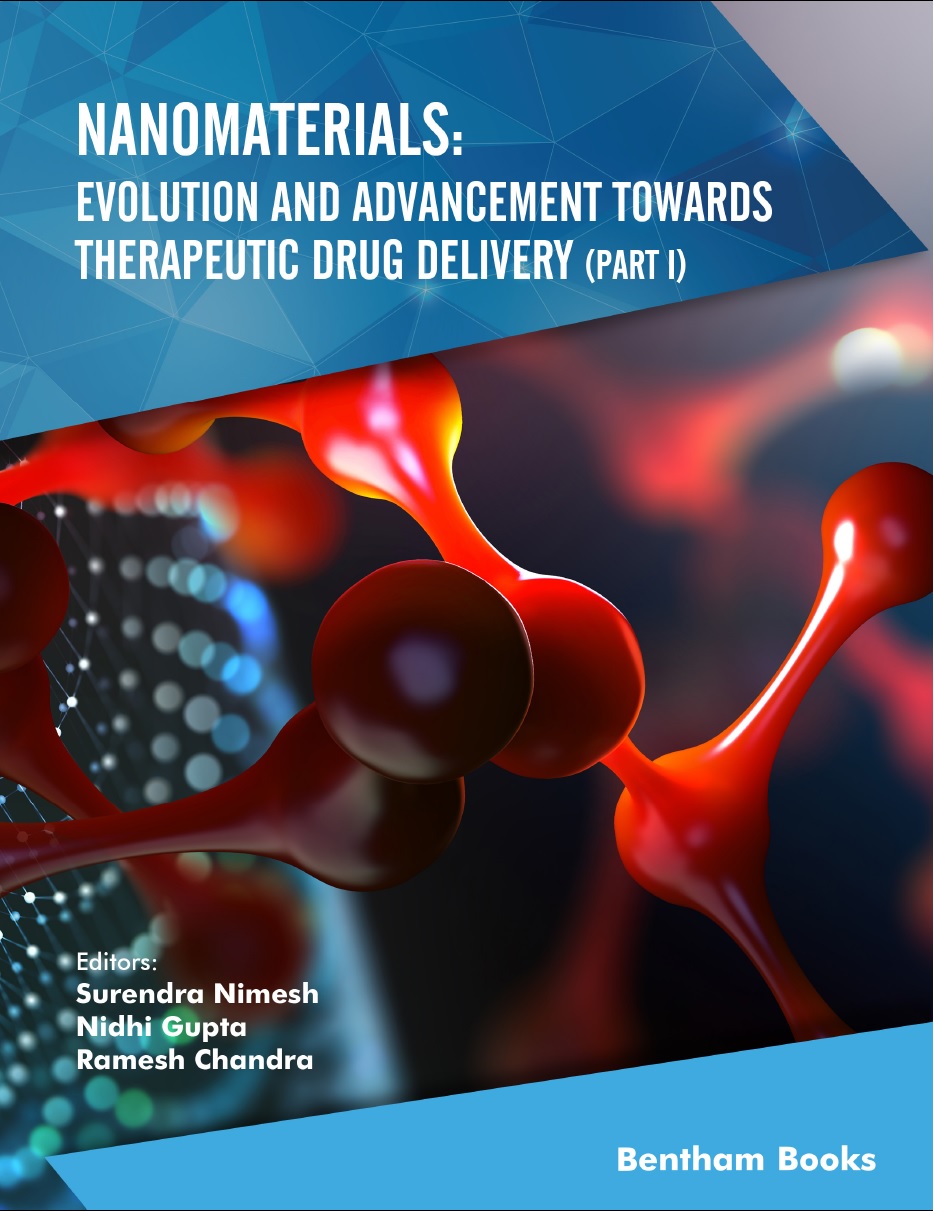Abstract
Background: Neurodegenerative diseases are a progressive loss of structure and/or function of neurons. Weak therapeutic response and progressive nature of the diseases, as well as a wide range of side effects caused by conventional therapeutic approaches make patients seek for complementary and alternative medicine.
Objective: The aim of the present paper is to discuss the neuropharmacological basis of medicinal plants and their principle phytochemicals which have been used in traditional Persian medicine for different types of neurodegenerative diseases.
Results: Medicinal plants introduced in traditional Persian medicine perform beneficial effects in neurodegenerative diseases via various cellular and molecular mechanisms including suppression of apoptosis mediated by an increase in the expression of anti-apoptotic agents (e.g. Bcl-2) as well as a decrease in the expression and activity of proapoptotic proteins (e.g. Bax, caspase 3 and 9). Alleviating inflammatory responses and suppressing the expression and function of pro-inflammatory cytokines like Tumor necrosis factor α and interleukins, as well as improvement in antioxidative performance mediated by superoxide dismutase and catalase, are among other neuroprotective mechanisms of traditional medicinal plants. Modulation of transcription, transduction, intracellular signaling pathways including ERK, p38, and MAPK, with upstream regulatory activity on inflammatory cascades, apoptosis and oxidative stress associated pathways, play an essential role in the preventive and therapeutic potential of the plants in neurodegenerative diseases.
Conclusion: Medicinal plants used in traditional Persian medicine along with their related phytochemicals by affecting various neuropharmacological pathways can be considered as future drugs or adjuvant therapies with conventional pharmacotherapeutics; though, further clinical studies are necessary for the confirmation of their safety and efficacy.
Keywords: Neurodegenerative disease, persian medicine, antioxidant, neuroprotective, inflammatory cytokine, phytotherapy.











